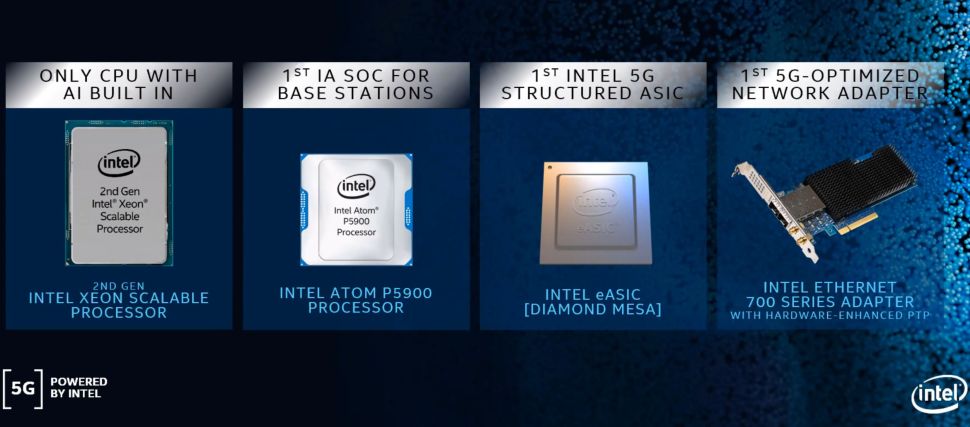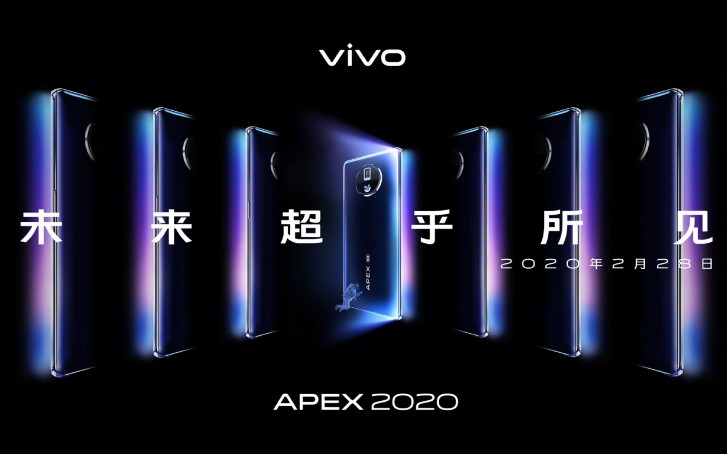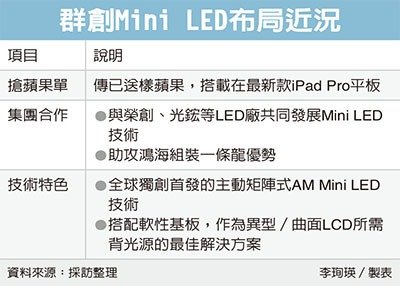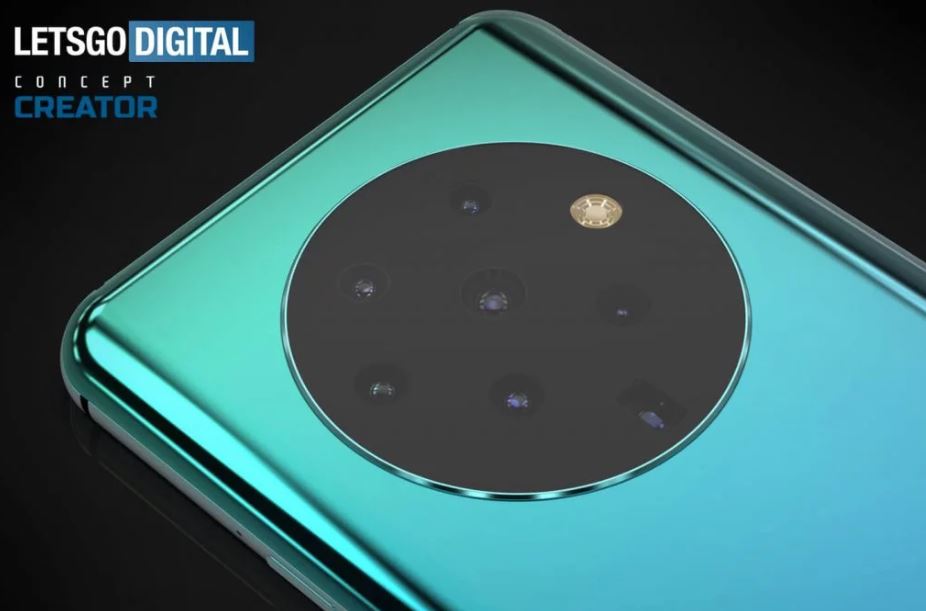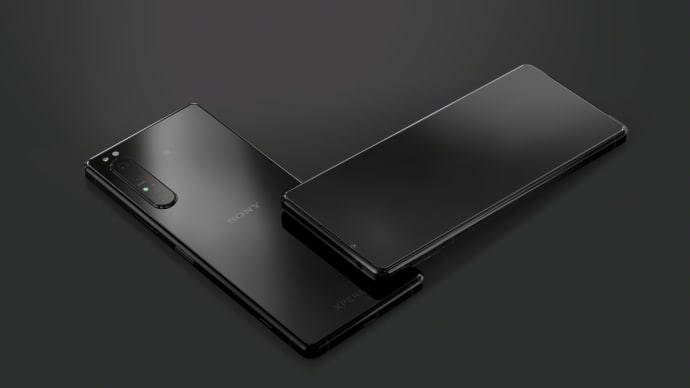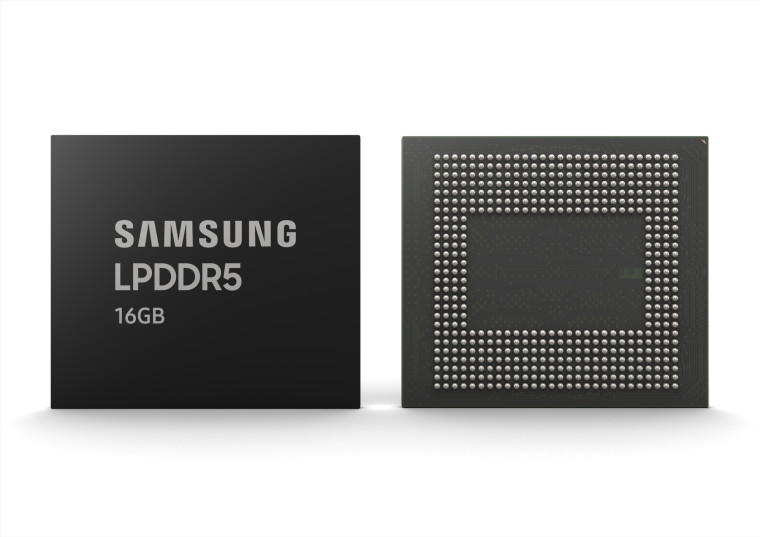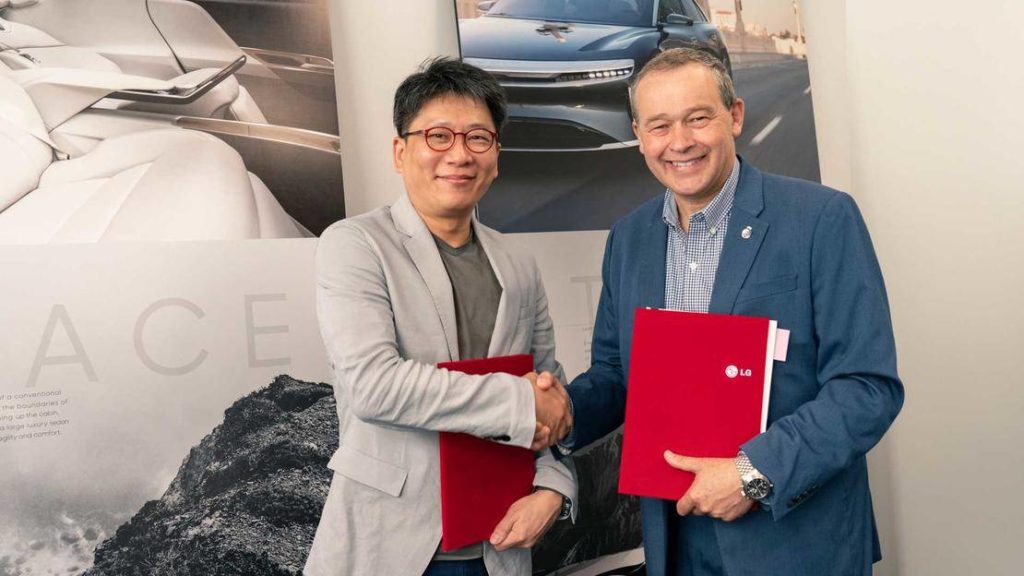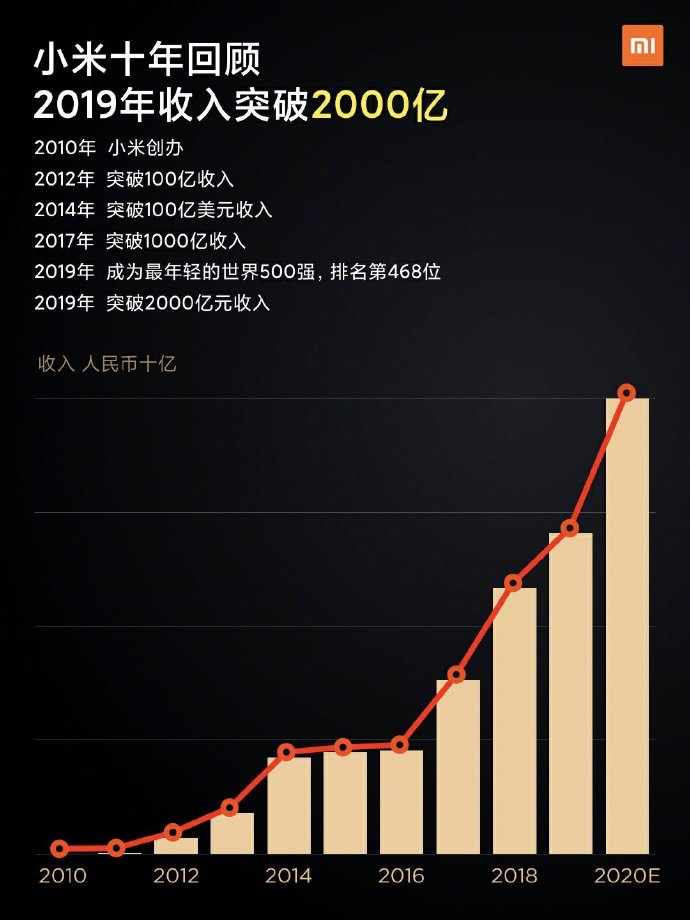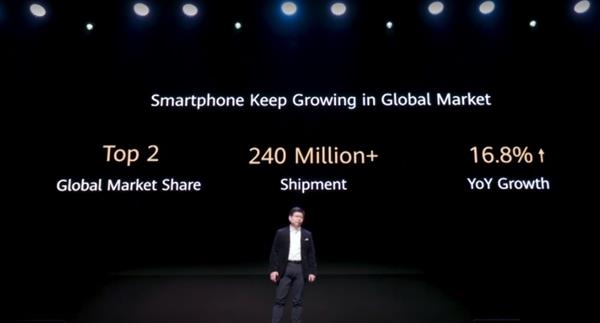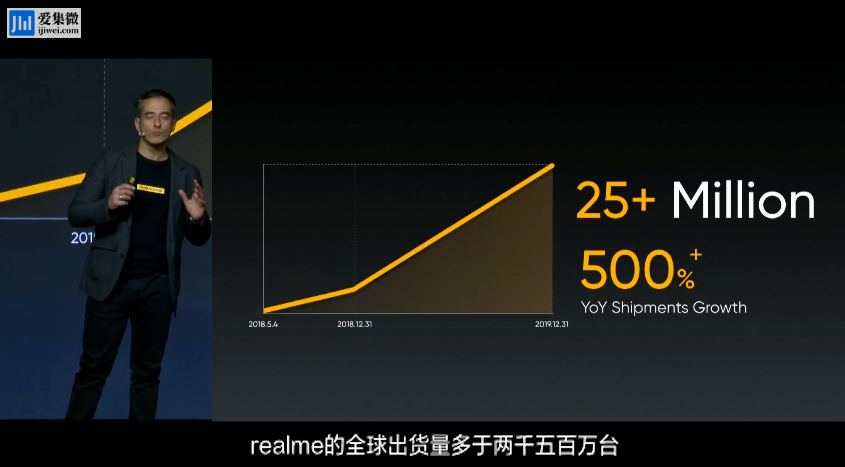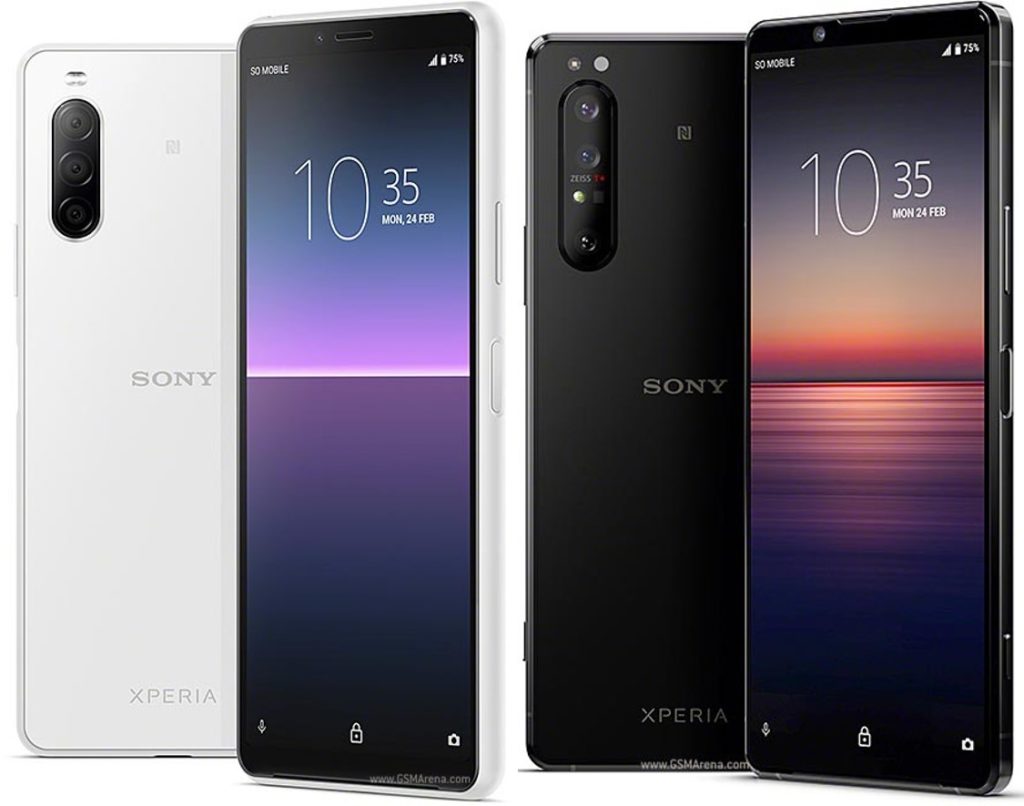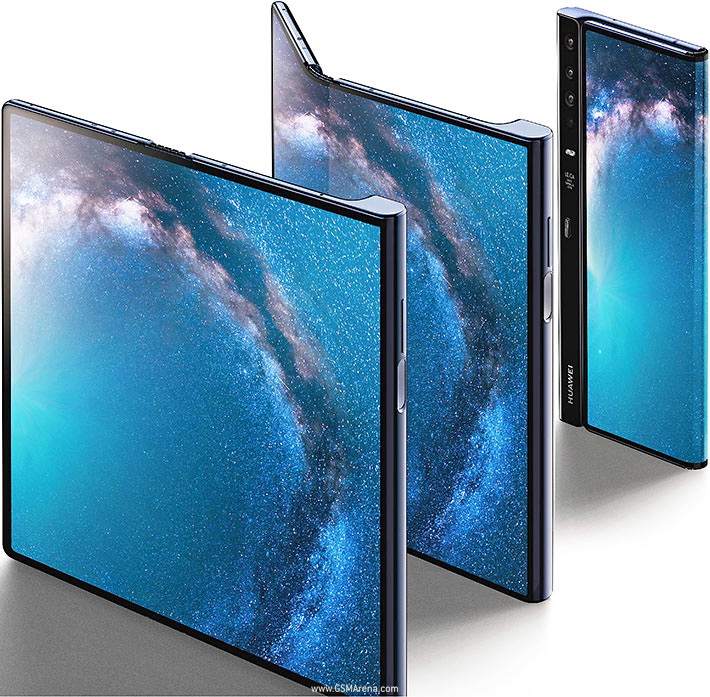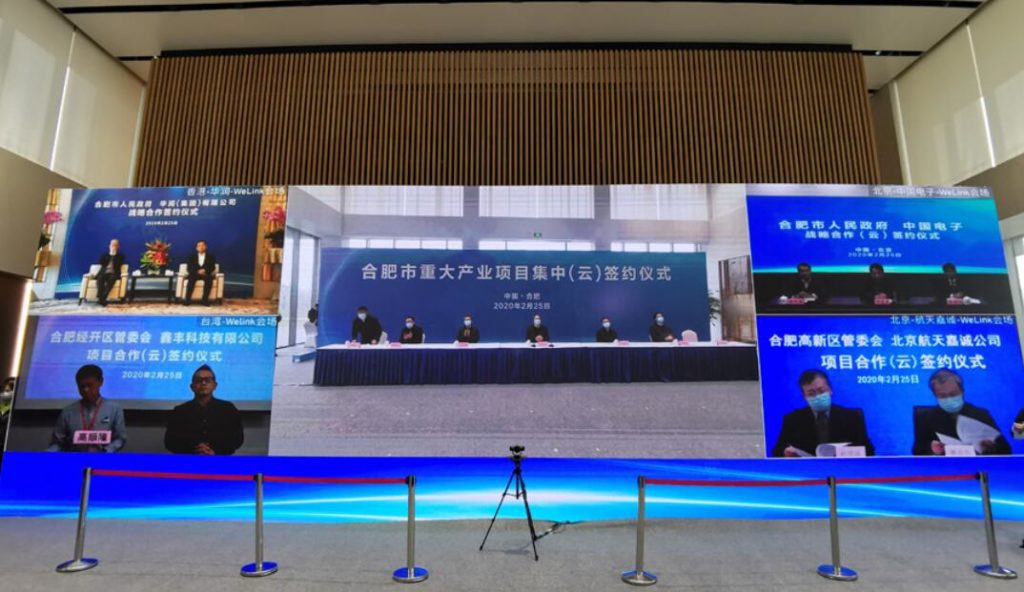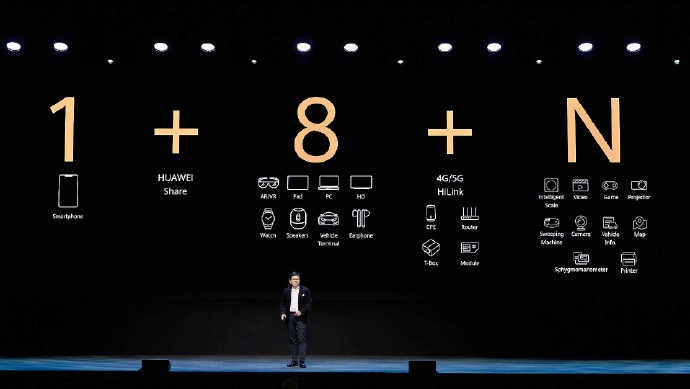
2-25: Huawei HiSilicon has reportedly recently expanded the sources of decentralized chip manufacturing; ZTE is working on developing 5nm chipsets; etc.
Chipsets
The Director and President of ZTE, Xu Ziyang, has stated that the company is working on developing 5nm chipsets. With the current technological processes, it is expected that the power consumption and weight of 5G smartphones will continue to decline by a rate of 20% every year. (CN Beta, Gizmo China)
Huawei HiSilicon has reportedly recently expanded the sources of decentralized chip manufacturing, and has continuously increased the number of new tape-outs (NTO) for SMIC’s 14nm and N+1 process technologies, including the core Kirin chips in Huawei phones. As for the reason for switching to SMIC, it is said that Huawei is worried that the US ban may impact the TSMC’s supply to HiSilicon. (CN Beta, Xueqiu, My Drivers, Asia Times)
Corning has announced it is working with Qualcomm Technologies to develop 5G mmWave infrastructure systems for enterprises and public venues. The 5G systems are designed to combine Qualcomm’s 5G and mmWave technology leadership with Corning’s industry-proven small-cell expertise to deliver affordable and easy-to-install 5G-ready networks indoors. (Digitimes, press, Tencent, Elecfans, Business Insider)
Intel has announced new microprocessors, including a 10nm chip for wireless 5G base stations and a second-generation Xeon processor for data centers. Intel has also released three other products, namely 10nm 5G base station chip Atom P5900, 5G acceleration solution Diamond Mesa and Ethernet 700 series network adapters. (CN Beta, Intel, Intel, Tom’s Hardware, VentureBeat)
TF Securities analyst Ming-chi Kuo expects that the 5nm process will be the core technology for Apple’s new products in 12–18 months. The COVID-19 has no impact on Apple’s investments for 5nm, and Apple has increased shipment forecasts and pulled in for 5nm-related equipment after the epidemic outbreak. (TF Securities, CN Beta, Laoyaoba, Cult of Mac)
Touch Display
vivo is introducing APEX 2020 concept device featuring 6.45” with an 120ºcurve on both sides. The panel is also believed to feature 120Hz refresh rate. The sides will feature second-generation pressure-sensitive on-screen buttons. (GSM Arena, Weibo, Gizmo China, CN Beta)
Innolux has allegedly won orders to supply Apple with mini-LED panels for a new iPad Pro due to launch later in 2020. Innolux Mini LED is claimed to have sent samples to Apple and is preparing to start production on the displays for the iPad Pro in 2H20. (CN Beta, UDN, Mac Rumors, Apple Insider)
Samsung is reportedly developing its third foldable phone, which will feature ultra-thin glass (UTG) of Galaxy Z Flip coupled with a polyimide screen that is used by Galaxy Fold. This device will combine rigidity and toughness to give a better foldable display. (GizChina, IT Home, Sam Mobile, The Elec)
Camera
OPPO has filed a patent that details of a smartphone with a unique circular camera module, which features 7 image sensors. The circular camera module is slightly raised in the form of a bump. (CN Beta, LetsGoDigital, Gizmo China)
HMD Chief Product Officer Juho Sarvikas has indicated that HMD will continue working with ZEISS to produce new camera tech for future Nokia phones, even though Sony Xperia 1 II is featuring ZEISS-branded optics with ZEISS T* coating. (GSM Arena, Twitter)
Sony and ZEISS have jointly announced their strategic collaboration expansion from digital imaging to Xperia smartphones. Sony’s new flagship smartphone Xperia 1 II features ZEISS optics with T* (T-Star) anti-reflective coating. (Neowin, My New Desk, Sina)
Memory
On the supply side, manufacturing operations of China-based DRAM and NAND flash production bases, such as Samsung’s Xi’an fab, SK Hynix’s Wuxi fab, YMTC, CXMT, and JHICC, are not affected by the outbreak, since semiconductor fabs are highly automated, with very low demands for manpower. From a global perspective, memory product suppliers do not reduce their manufacturing operations unless a global systems-wide risk were to occur. Furthermore, as client-side inventories are still showing shortages, the purchasing momentum of memory products will continue to hold up despite problems of labor and material shortages faced by downstream clients. Therefore, 1Q20 DRAM prices will continue its uptrend in spite of the outbreak. (TrendForce, TrendForce, press)
Samsung has announced that it has begun mass producing the industry’s first 16GB LPDDR5 mobile DRAM package for next-generation premium smartphones. The new 16GB LPDDR5 RAM package offers speeds of 5,500Mb/s, up 1.3x from the previously fastest LPDDR4X package. (My Drivers, Neowin, Samsung, CN Beta)
Battery
Lucid Motors has announced a long-term partnership with leading EV battery supplier LG Chem for the Lucid Air electric sedan. LG Chem has also announced that it will become Lucid’s exclusive electric vehicle battery supplier, supplying cylindrical batteries for the Lucid Air models from 2H20 to 2023. (CN Beta, Reuters, Green Car Congress, PR Newswire)
Phone
Xiaomi’s CEO Lei Jun has revealed that by the end of 2019, Xiaomi’s revenue already exceeds CNY200B. It has taken another 5 years (2017) to hit the CNY100B. (GizChina, IT Home, Sina)
In May 2019, the US Commerce Department added Huawei into Entity-List, which prohibits all US firms including Google from doing business with Huawei. Google says, because of these restrictions, it cannot certify new Huawei devices with Google Mobile Services (GMS) or provide Google apps including Gmail, Maps, Youtube, Play Store and other to pre-install or sideload online. (Android Central, Google, Huawei Central, My Drivers)
Huawei consumer business group CEO Richard Yu has introduced based on Huawei’s “1+8+N Strategy”, the company is moving forward to a “smart” future. He has explained that a mobile phone is used as the main entrance, and eight commonly used terminal devices such as speakers, tablets, PCs, watches, etc. are used as auxiliary entrances, and then 1 + 8 is used to connect all-scenario smart devices (N refers to IoT devices). (GizChina, IT Home, My Drivers)
Huawei consumer business group CEO Richard yu has revealed that Huawei 5G smartphone shipments have exceeded 10M units. He has also stated that Huawei’s smartphone shipments in 2019 are 240M units, an increase of 16.8% year-on-year, and ranking second in the world. At the same time, PC shipments were increased by 200%, and wearable devices were increased by 170%. (My Drivers, GizChina)
realme will launch more than 5 5G smartphones in 2020, while the China portfolio will all feature 5G. The company will no longer launch 4G phones in China. realme has also officially announced its corporate strategy for 2020. In the future, realme will take the “mobile phone + AIoT” dual-band strategy as the core of the enterprise, and build a smart wave of life that young people love around hardware, software and ecology. (My Drivers, IT Home, Sina)
realme has announced the establishment of a fast growing smart brand in just 22 months, with global shipments exceeding 25M in 2019, an increase of 500% over 2018. (Laoyaoba, Jiemian)
realme X50 Pro 5G is announced – 6.44” 1080×2400 FHD+ AMOLED 2xHiD 90Hz, Qualcomm Snapdragon 865, rear quad 64MP-12MP telephoto 20x hybrid zoom-8MP ultrawide-2MP portrait + front dual 32MP-8MP ultrawide, 8+128 / 8+256 / 12+256GB, Android 10.0, under-display fingerprint, 4200mAh 65W, EUR599 / EUR669 / EUR749. (GSM Arena, Android Central, Gizmo China)
Sony has announced 2 new Xperia phones: Xperia 10 II – 6.0” 1080×2520 FHD+ 21:9 OLED, Qualcomm Snapdragon 665, rear tri 12MP-8MP telephoto 2x optical zoom-8MP ultrawide + front 8MP, 4+128GB, Android 10.0, side fingerprint scanner, IP65 / IP68 rated, 3600mAh 18W, price not yet known. Xperia 1 II – 6.5” 1644×3840 QHD+ 21:9 OLED, Qualcomm Snapdragon 865 sub-6GHz, rear quad 12MP OIS-12MP telephoto 3x optical zoom-12MP ultrawide-3D ToF + front 8MP, 8+256GB, Android 10.0, side fingerprint scanner, IP65 / IP68 rated, 4000mAh 21W, 15W wireless charging, price not yet known. (GSM Arena, Android Authority, Gizmo China)
Huawei Mate Xs foldable phone is announced – 8” 2200×2480 foldable AMOLED, 6.6” 1148×2480 folded AMOLED display, HiSilicon Kirin 990 5G, quad 40MP-8MP telephoto-16MP ultrawide-3D ToF, 8+512GB, Android 10.0, side fingerprint scanner, 4500mah 55W, EUR2,499. (Android Headlines, GSM Arena, Liliputing, Twitter, Pocket-Lint)
Wearables
Honor Magic Earbuds is announced, featuring the company’s Hybrid Active Noise Cancellation technology. The device’s Feedforward and Feedback microphones detect ambient and unwanted noise to aide in effective noise cancellation. It is priced at EUR129. (Neowin, Android Authority, My Drivers)
Automotive
Tesla CEO Elon Musk’s SpaceX is looking to raise about USD250M, taking the private rocket company’s valuation to about USD36B. SpaceX has been launching Starlink satellites in batches of 60 since May 2019 and currently has roughly 300 orbiting Earth in a sprint to make the broadband internet service operational in the United States and Canada by the end of 2020. (My Drivers, TechWeb, CNBC, Reuters)
Nio has signed a cooperation framework agreement with Hefei City, and leaders of Anhui Province and Hefei City attended the signing site. According to the agreement, the Nio China headquarters project will be settled in Hefei. The latest Nio delivery data shows that in Jan 2020, the overall delivery volume of the Nio brand reached 1,598 units, and the average daily delivery number of Nio’s valid working days in January reached 100 units, a year-on-year increase of 22.0%. (CN Beta, Gasgoo, Techpost)


